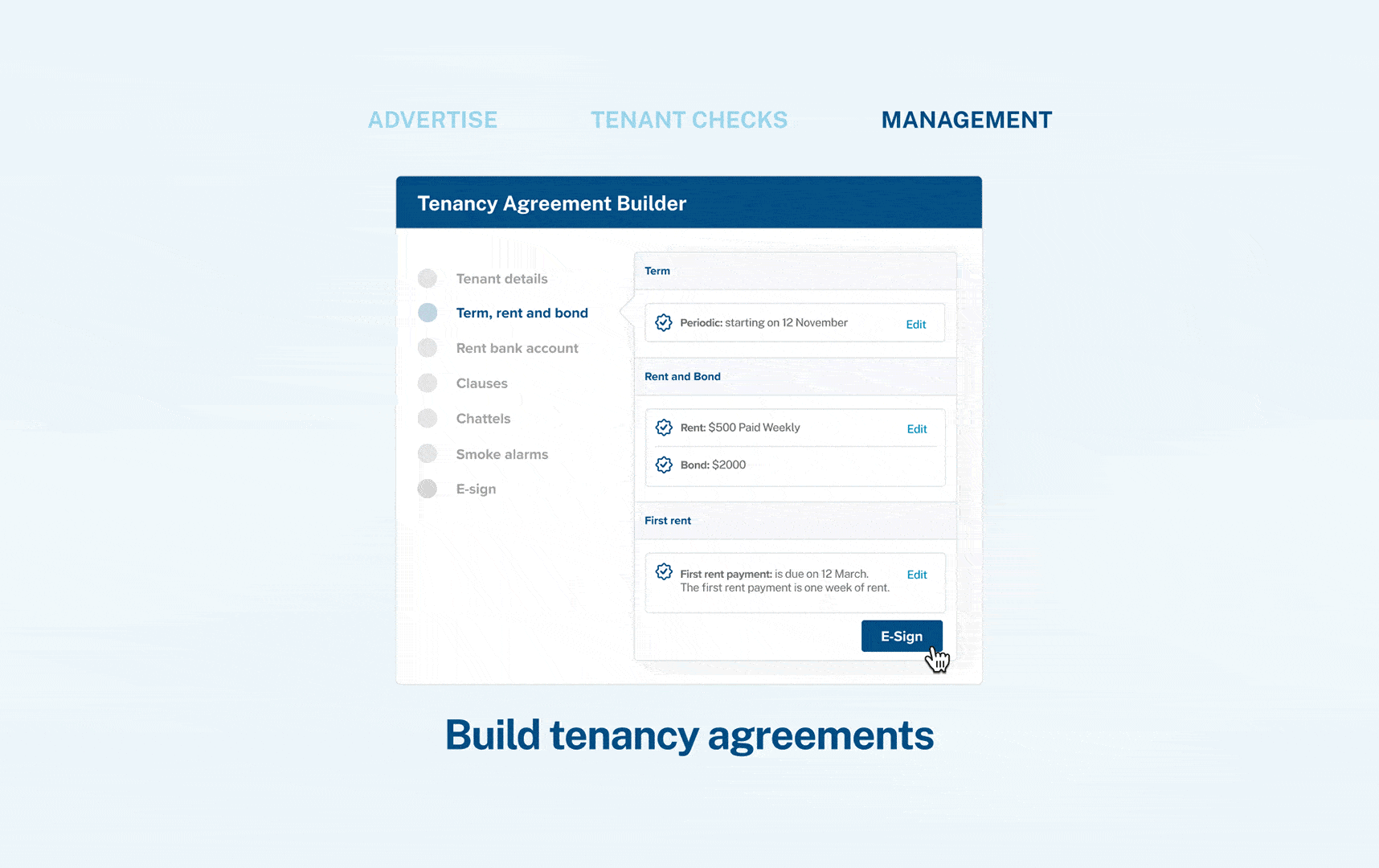What is fair wear and tear?
According to Tenancy Services, fair wear and tear is defined as the gradual deterioration of the dwelling and its fixtures used regularly by its occupants.
Fair property wear occurs when a tenant lives in the property how it was intended, regularly cleans and with the best intentions follows the terms specified on the tenancy agreement.
Homes are made for living. Therefore, some decline in condition as a result of everyday use should be expected. The longer the tenants live in the property, the more wear and tear could be expected.
Tenants would not be responsible for damage to the property caused by fair wear and tear, it would be the landlord's responsibility to fix it.
Example of what would classify as acceptable wear and tear:
- Worn carpets
- Faded wallpaper or curtains
- Peeling of paint
- Loose grouting
- Worn kitchen bench-tops
What is property damage?
Damage occurs due to neglect, incorrect use or abuse of rental property. It covers deterioration and issues that can't naturally occur or would need to have happened by accident, negligence or lack of forethought.
Unlike wear and tear, the tenants are responsible for intentional or careless damage. This includes damage caused by the tenant's guests.
In NZ, the tenants are responsible for purposefully damaging the property. They are also responsible if the damage is careless. But can only be liable for the cost of the damage up to 4 weeks' rent or the landlord's insurance excess (if they had one), whichever is lower.
Example of what would classify as property damage:
- Numerous stains and burns on the carpets
- Doors ripped off hinges
- Burns on the bench tops
- Missing curtains
- Chipped sinks
- Clogged toilet due to improper use
What if you can't agree?
If you discover damage during your regular property inspection or at the end of the lease, it's best to document it with photos and discuss it with your tenants.
If the tenant and landlord can't agree on the type of damage and who is responsible for its repair, then either can apply to the Tenancy Tribunal and both will be required to prove their case. The case is usually viewed on the facts and explored on the basis that if a reasonable person occupied the property as it was intended for the same time, would they have ended up with the same damage. If reasonable wear and tear could be expected, the tenant would be protected by the RTA.
It's worth mentioning that the RTA doesn't protect tenants who do not inform landlords about discovered damage. And if the damage gets worse, landlords can request tenants to cover some costs.
Sometimes, the difference between fair wear and tear and property damage can be subtle. You may need to rely on your personal experience, industry knowledge and common sense to decide if the issue at hand is worth pursuing.
Why is an initial property inspection important?
Determining the difference between fair wear and tear and damage can be subjective. That's why an initial property inspection is not just helpful but essential to avoid confusion and arguments down the track. Determining the state of your rental at the start of the tenancy will give you a starting point, something to compare possible issues to at the end of the lease term. This includes identifying any existing damage and wear. Make sure you have a thoroughly documented initial inspection report with lots of photos and videos (although photos are often more detailed and handier for Tribunal hearings) of every room. There is no such thing as too many photos! These images help clarify responsibility should a wear and tear dispute arises during your tenant's occupancy.
myInspections app is free to use and allows you to create compliant reports from your device with e-signing, unlimited photo uploads, comments, to-dos and much more. If you haven't tried it yet, it's never too late to start.
Tips on maintaining your property
It's important to remember that as a landlord, you also have a responsibility to maintain the property and ensure it's liveable and in good working order. Don't neglect maintenance requests from your tenants. Negligence caused by landlords can also cause a considerable amount of damage. Make sure you run regular property inspections (every 3 months) to identify if any maintenance work is required by you and look for any unreported damage to avoid major repairs in the long run.
The information contained in this article is exclusively for promotional purposes. It does not in any way constitute legal advice and should not be relied upon as the basis for any legal action or contractual dealings. The information is not and does not attempt to be, a comprehensive account of the relevant law in New Zealand. If you require legal advice, you should seek independent legal counsel. myRent.co.nz does not accept any liability that may arise from the use of this information.


